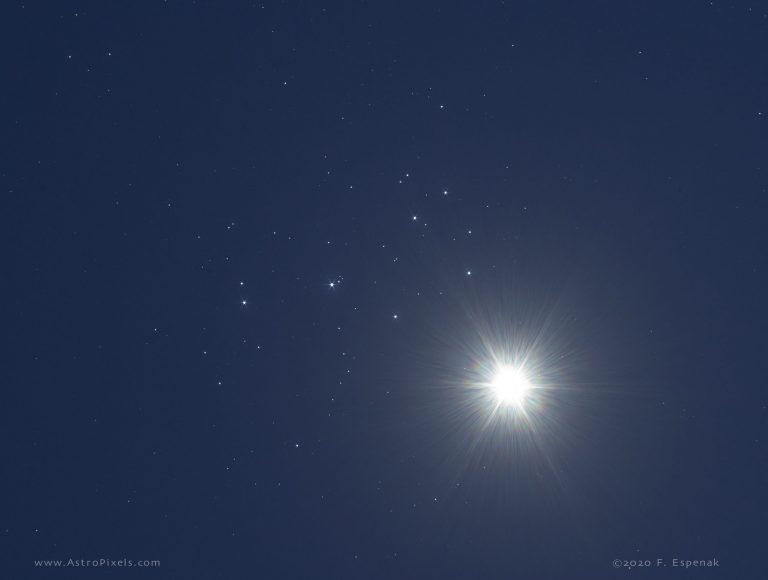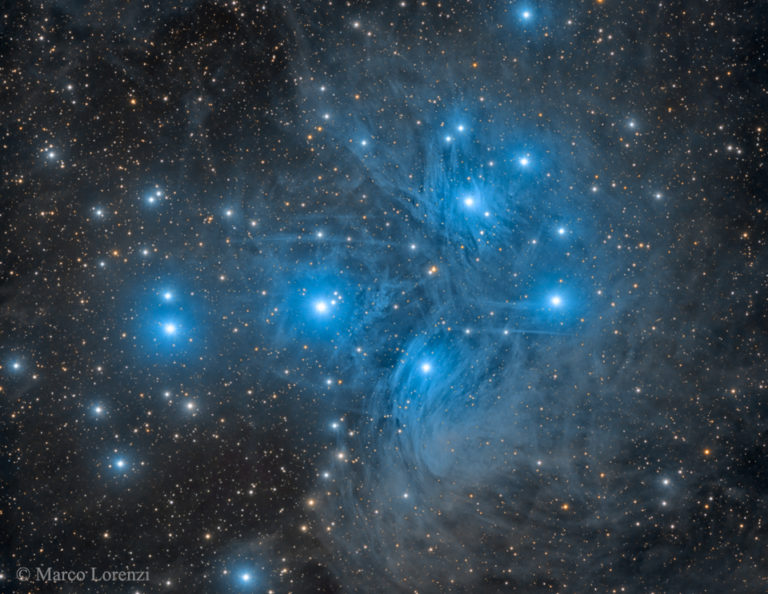天体三角
2020 April 15 A Cosmic Triangle Image Credit & Copyright: Scott Aspinall Explanation: It was an astronomical triple play. Setting on the left, just after sunset near the end of last month, was our Moon — showing a bright crescent phase. Setting on the right was Venus, the brightest planet in the evening sky last month — and this month, too. With a small telescope, you could tell that Venus’ phase was half, meaning that only half of the planet, as visible from Earth, was exposed to direct sunlight and brightly lit. High above and much further in the distance was the Pleiades star cluster. Although the Moon and Venus move with respect to the background stars, the Pleiades do not — because they are…








